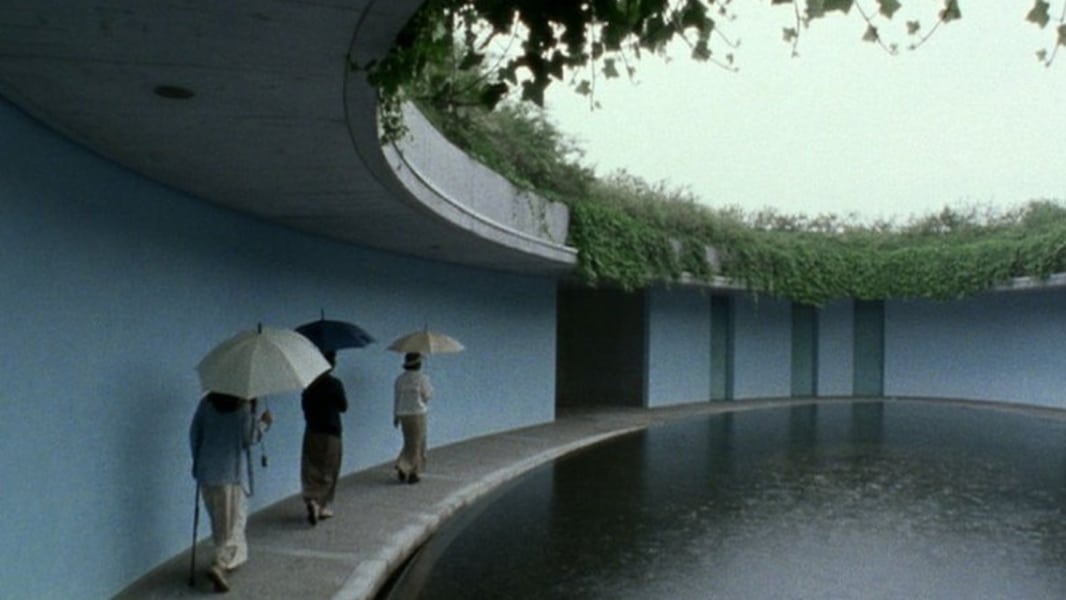A friend recently recommended me a visual treat of a documentary, Kochuu, that looks at the roots of modern Japanese architecture and its influence on buildings throughout Scandinavia. Its title translates as “in the jar”, referring to the Japanese tradition of constructing small, enclosed physical spaces, which create the impression of a separate universe.
Interviews are conducted with renowned Japanese and Nordic architects, including Tadao Ando (安藤 忠雄), Toyo Ito (伊東 豊雄), Kisho Kurokawa (黒川 紀章) and Kazuo Shinohara (篠原 一男) – I’ve collected a number of quotes I found interesting below…
A culture which seeks spiritual riches rejects that which is of size. What the eye does not see is richer than what the eye does see. What is a small space in physical terms can be filled with big thoughts. These thoughts differ from those of European materialistic culture.
In as small an area as possible the image of one’s own universe or, for example, mountains or rivers is expressed spiritually. Expressing it with a picture of water rather than using the water itself is much more enriching than having real water there.
When people are born millions of bacteria enter their bodies through nose and mouth. Right up until their death people coexist with all that life which is made up of bacteria. So, according to Buddhism, people cannot live separated from nature. There is a clash of interests – how can we live in harmony with nature?
In traditional Japanese architecture the distinction between outdoors and indoors is extremely vague. In a traditional Japanese home there is often an engawa (縁側 – veranda) – a space neither outdoors nor indoors. By using that vagueness skilfully Japanese architecture exists in symbiosis with nature.
Traditional Japanese architecture has been designed with the minute eyes of an insect. An insect can’t envisage an entirety; it builds one detail at a time. And, as the size increases, a structure emerges. In the architecture, you get a clear view of your existence.
The way you approach a building is most important, in Japan. A place and a time for preparation are also part of architectural space. Japanese gardens and Japanese architecture always endeavours to disrupt the symmetrical.
The Japanese live very modern lives and yet they retain a traditional lifestyle. Even using modern high-tech we want the ‘invisible’ Japanese traditions to be present.
Passion for things Japanese is definitely a result of the fact that Japanese aesthetic principles tally with the rational demands which emerged from industrialisation.


Reply